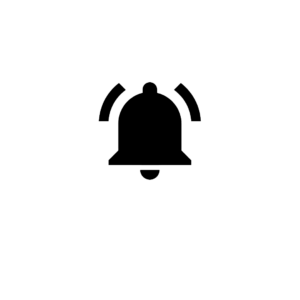Water birth
Water is a very important element during pregnancy. After all, your baby lives in amniotic fluid for 9 months. In this article you will read about giving birth in water.
A water birth can be very relaxing
Giving birth in water is therefore a very natural and relaxed way of giving birth and has quite a few advantages:
- Warm water is relaxing. The more you relax, the more endorphins your body produces. Endorphins are a kind of natural painkiller and make it easier to handle contractions. As a result, dilation generally goes faster.
- In the water you can move easily. This makes finding another position less difficult.
- Usually a water birth is more gradual, so the perineum also stretches more gradually. The warm water also makes your perineum a little more flexible. This reduces the chance of tearing or snapping.
- The warm water keeps your body at temperature. This allows your body to use all its energy for giving birth.
- For the baby, the transition from the womb through the water to the outside world is a calmer one. They can recover for a while from the delivery before being brought to the surface, as the oxygen still comes through the umbilical cord. Because of this, water babies are generally quite calm when they are born. Sometimes they barely even cry.
Who is helping you during a water birth?
Anyone who is allowed to give birth at home may also give water births. Nowadays it is possible in more and more hospitals to organize a water birth. Only if you are not giving birth on medical grounds. Check the possibilities with the hospital where you want to give birth. Unfortunately, not all midwives are yet willing to supervise a water birth, so first ask your midwife what she thinks about a water birth.
Discover and stimulate your baby's mental development
Download nowDilation
The advice is to take a bath at 4 to 5 centimeters of dilation. Your midwife will tell you when that is, but generally the contractions are more difficult to handle than in the beginning. If your waters have already broken, your contractions should be well underway before you enter the water.
The birthing pool
A good birthing pool has a diameter of 1.50 meters and is about 65 cm high. Home bathtubs are generally not recommended for water birth. If you have the space, it is convenient to make sure that the midwife and your partner can walk around the pool. Make sure the room where the pool will be placed has a comfortable temperature and that there is enough light. If necessary, put an extra lamp on the pool. The room should be ventilated if desired. It is great if there is a toilet on the same floor so that you do not have to climb stairs during labor.
Of course, there is some extra work involved in a water birth. You have to organize a bit more, such as reserving and setting up the bath and emptying and returning it after the delivery. However, the baths are made to minimize preparation and work after delivery. Setting up the bath takes about 15 minutes, filling one hour, depending on your water capacity. Emptying is done with a pump and takes about 20 minutes.
Safe labor
It can be a disappointment if you end up not being able to give birth in the pool. You may even have to leave the pool to go to the hospital. Take this into account in advance. Ultimately, the goal of childbirth is to deliver your baby safely, no matter how or where.
Did this article help you?
Share this article
Receive a notification at the start of a leap!
Would you like to be prepared when your baby is about to enter a leap? Sign up for our leap alarm for free and always receive a notification when a leap is about to start!

